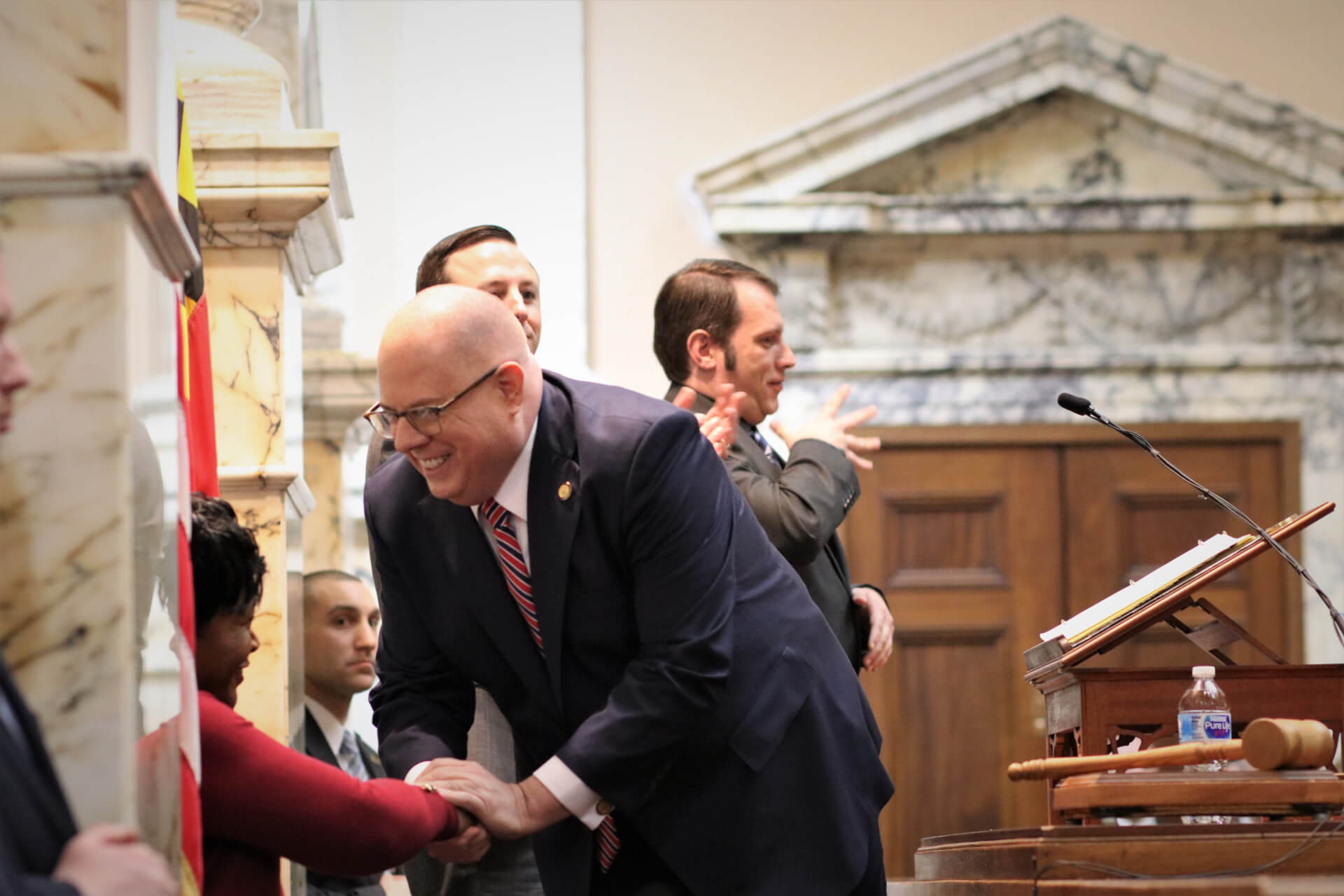
Gov. Lawrence J. Hogan Jr.’s State of the State address Wednesday was tidy, upbeat, bipartisan and generous.
The Republican governor paid tribute to the General Assembly’s new presiding officers ― both Democrats ― and took note of the trailblazing status of House Speaker Adrienne A. Jones (D-Baltimore County). He spoke warmly about the chambers’ two history-making leaders who relinquished their gavels last year ― one who died in office, the other who stepped away due to illness after a record-breaking run.
Hogan, as he so often does, contrasted the political environment in Maryland with the hopeless dysfunction in Washington, D.C.
“Sadly, the country that we all love is increasingly divided by toxic politics,” he said. “But here in Maryland, we have spent these past five years working together to tackle our common problems by accepting our shared responsibility to solve them.”
Coming just 15 hours after President Trump’s State of the Union address, an operatic affair that saw Speaker of the House Nancy Pelosi (D-Calif.) rip the text of Trump’s speech into shreds and the president bestow the nation’s highest civilian honor on a bombastic right-wing talk show host, Hogan’s message seemed like a balm, a badly-needed vision for how to govern in these fiercely partisan times.
“While Washington seems to be more bitterly divided than ever, here in Maryland we have faced our challenges with civility and moderation,” he said. “We have continued to put the people’s priorities ahead of partisan politics, and we worked together to achieve real, bipartisan, common sense solutions that worked for the people we serve.
“As a result,” the governor went on to declare, “I am pleased to report that the state of our state has never been stronger.”
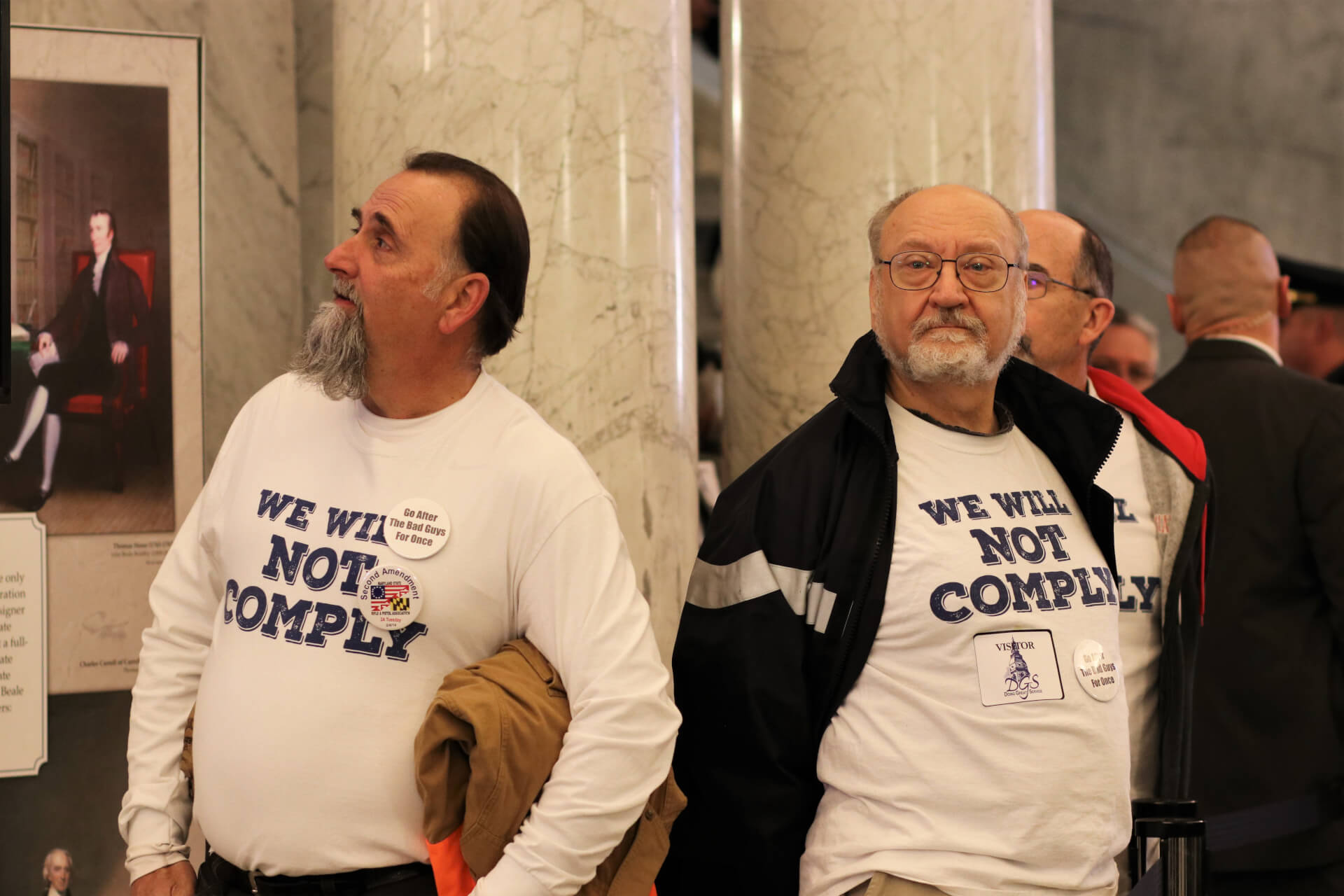

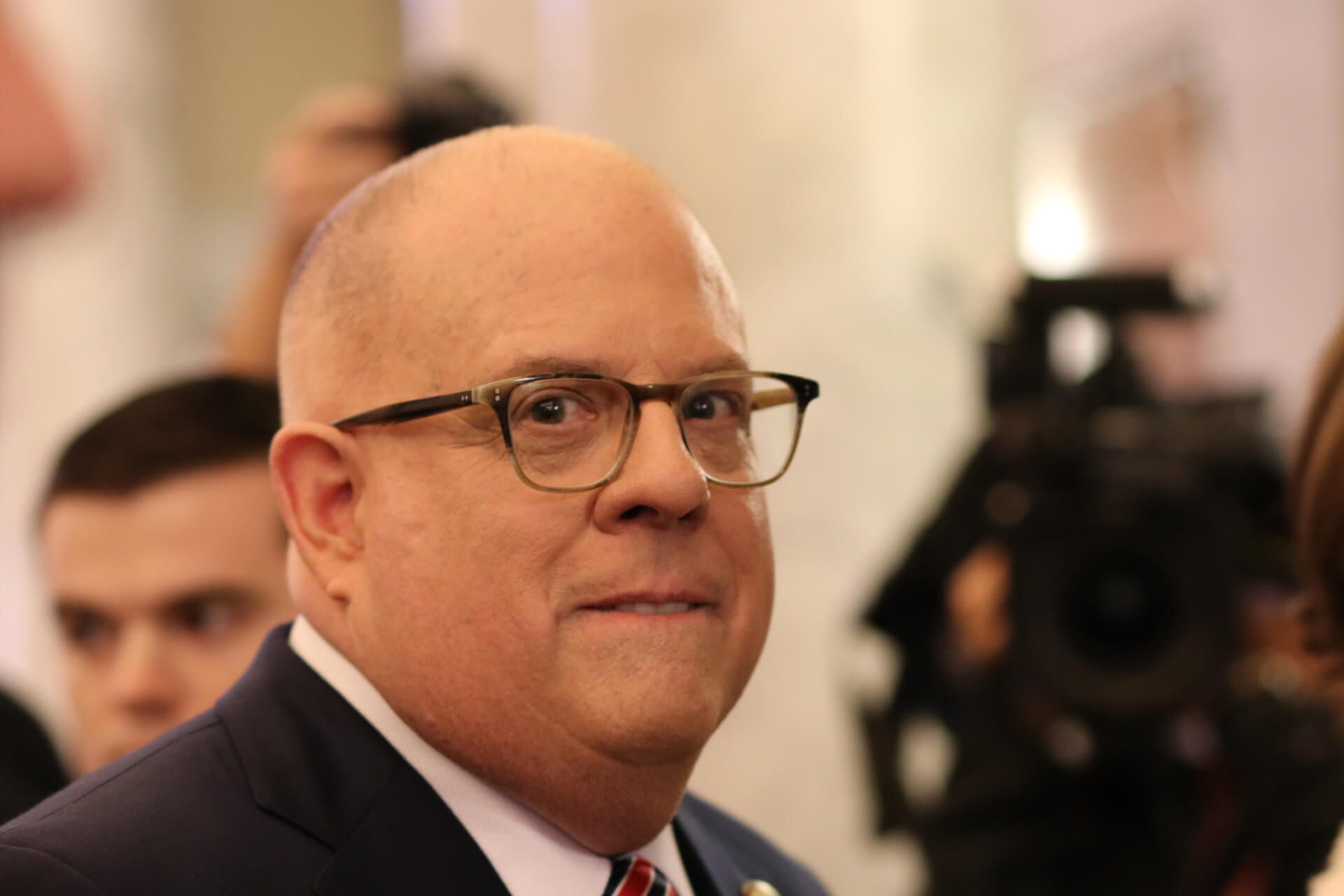
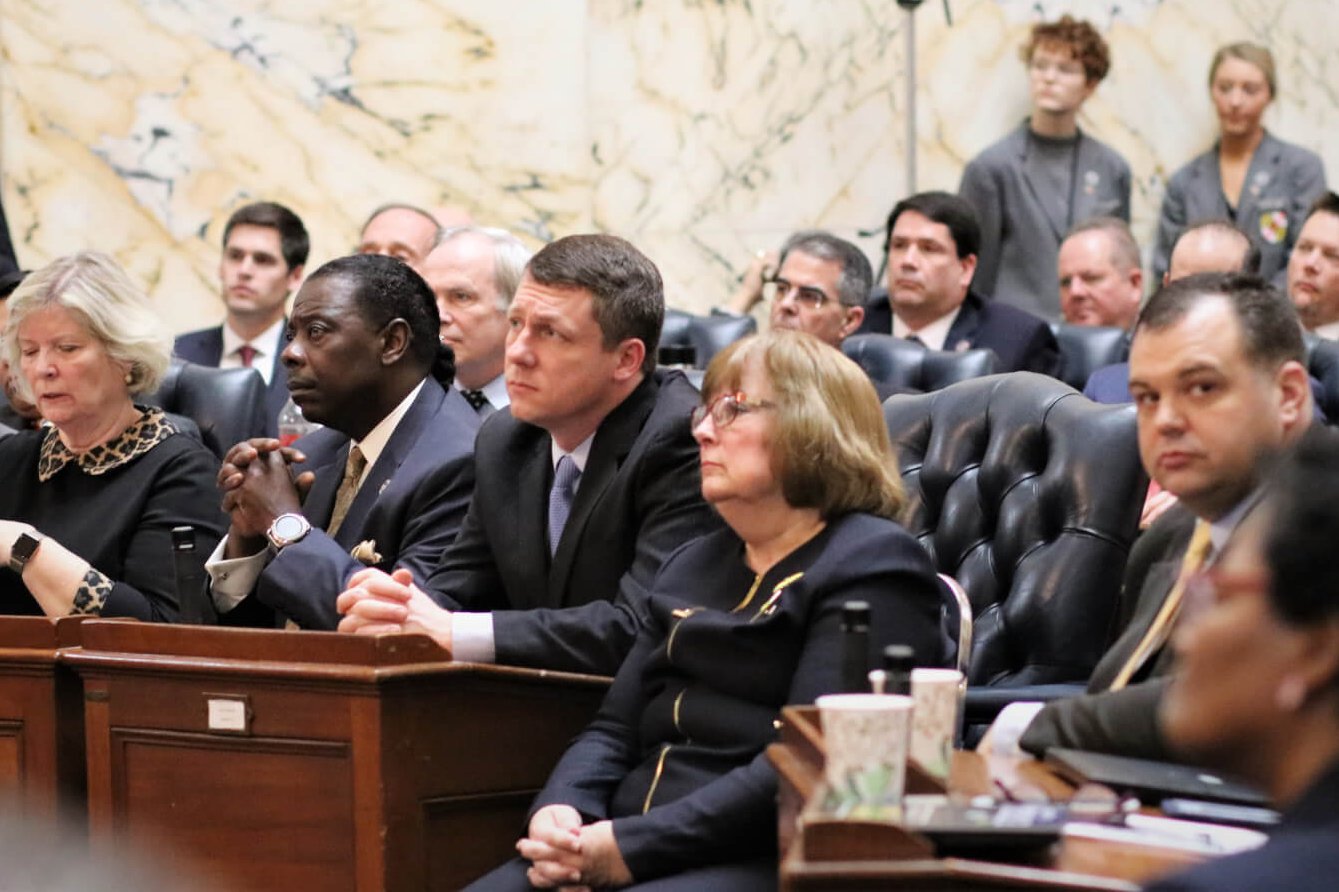
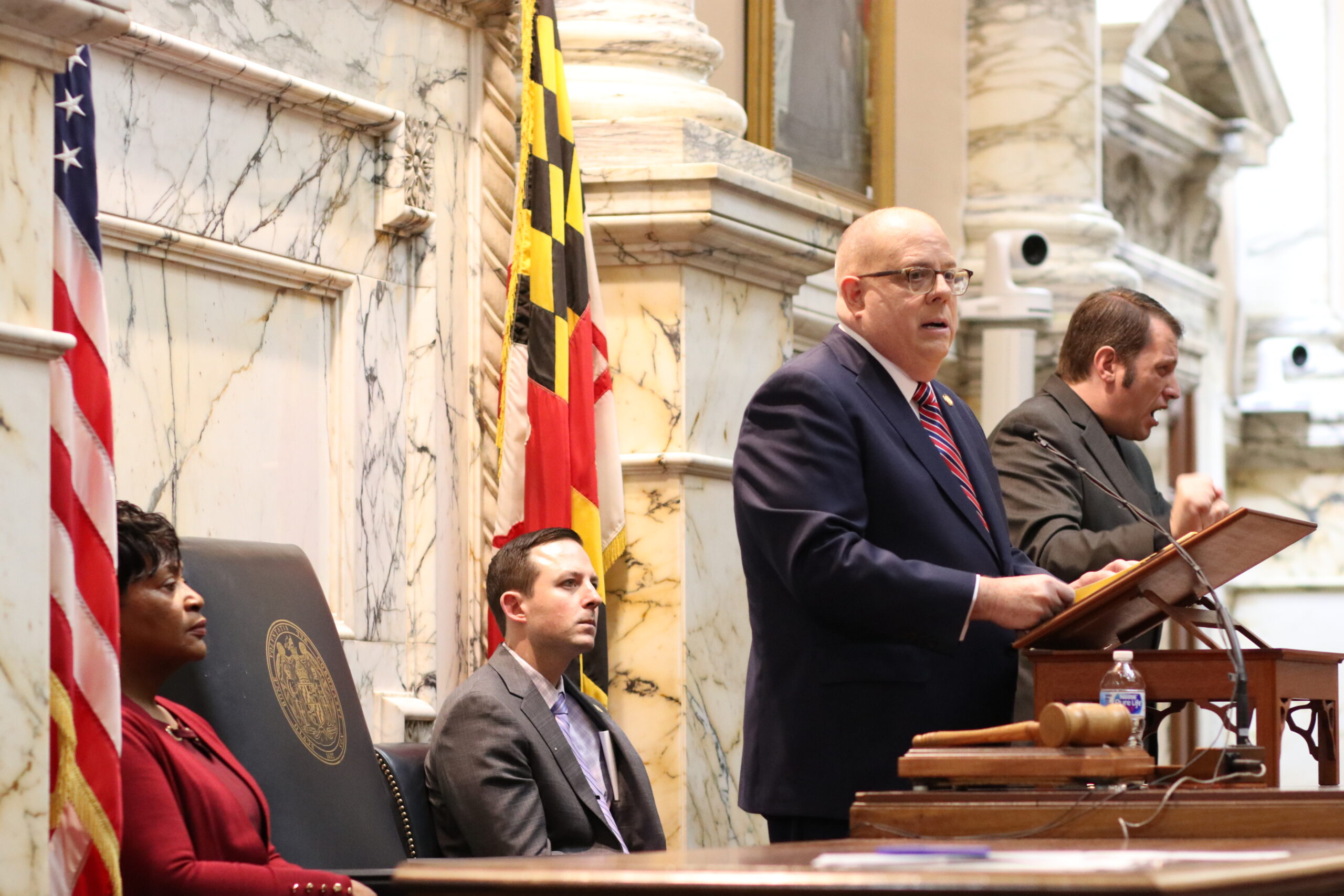
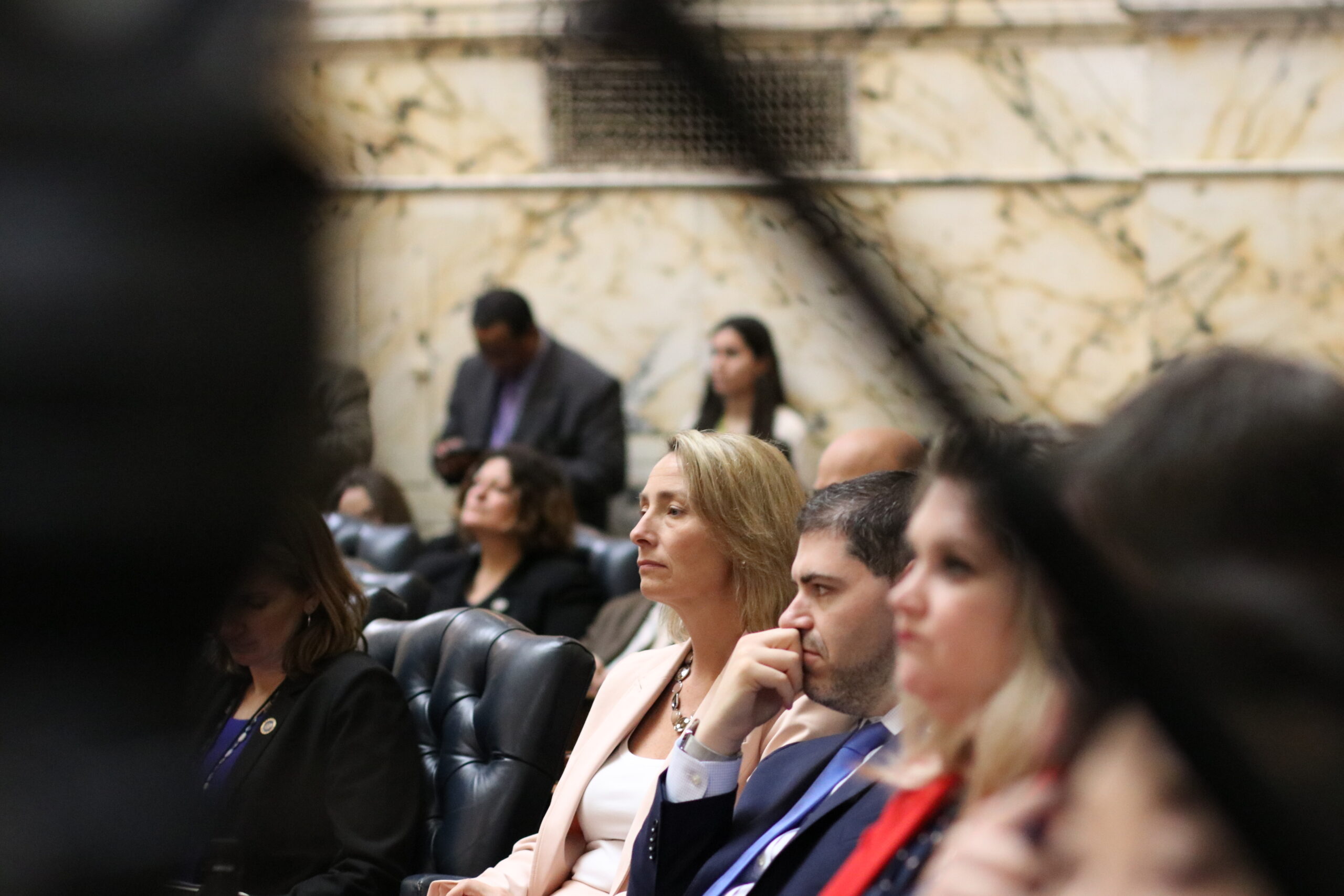
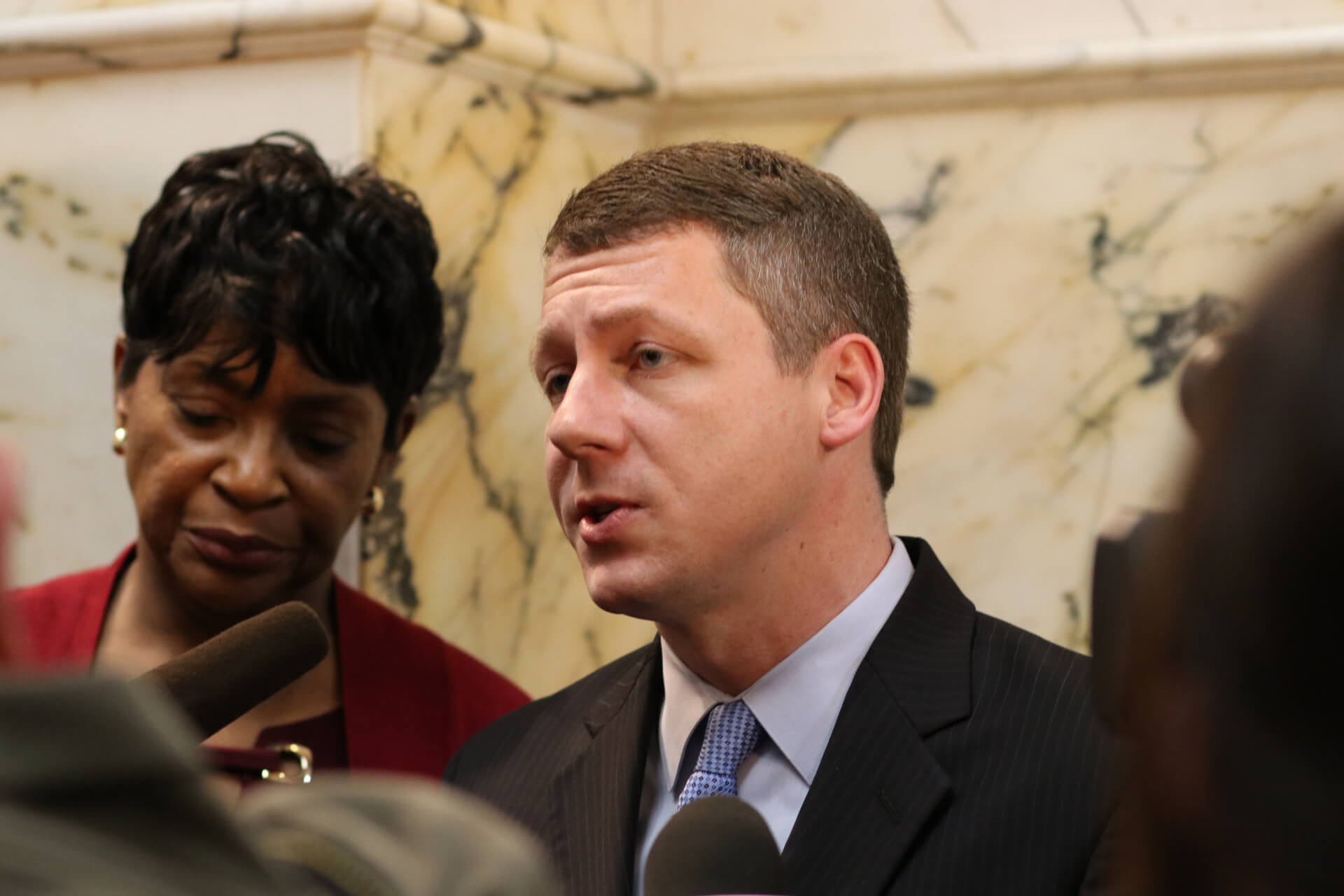
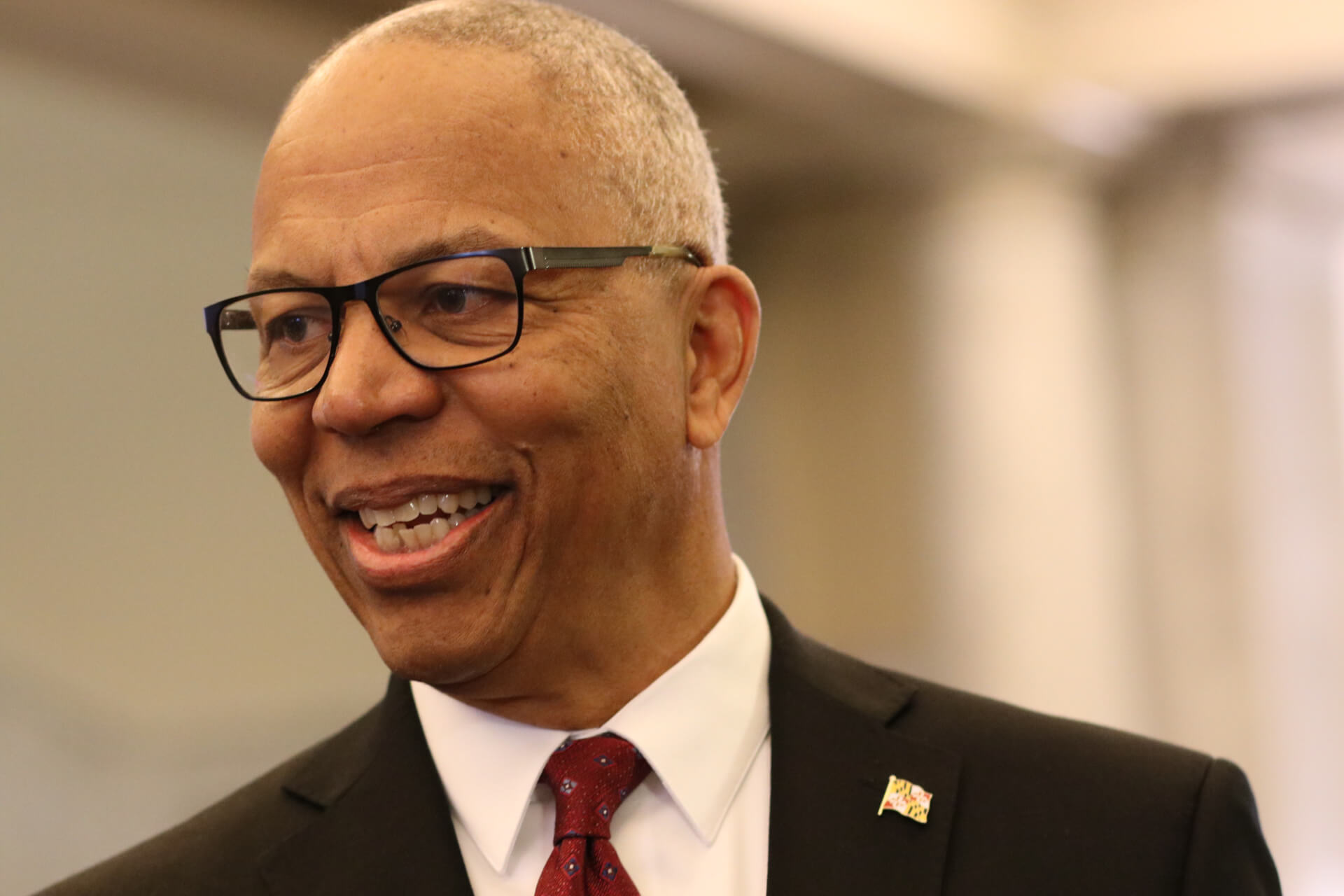
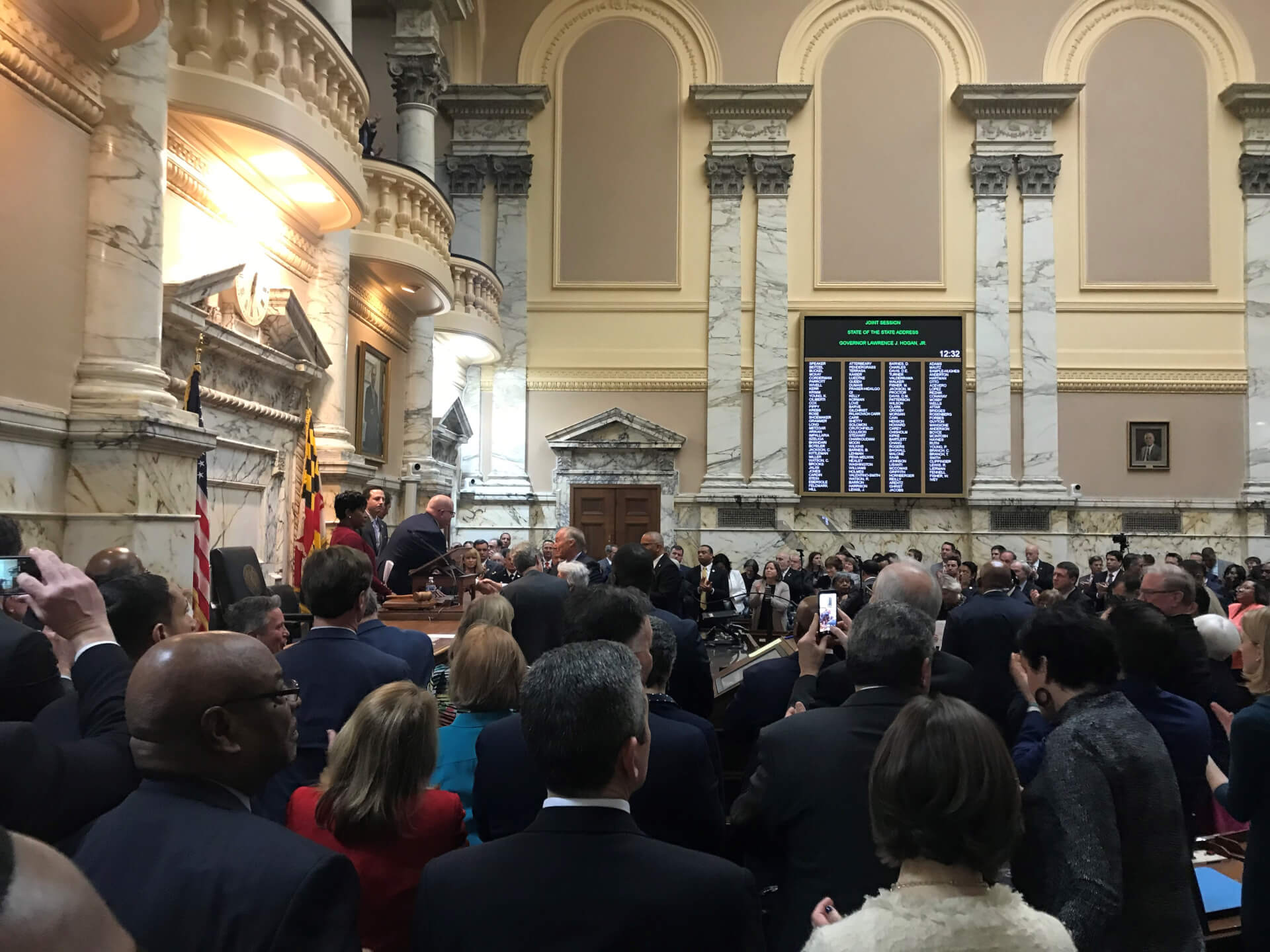
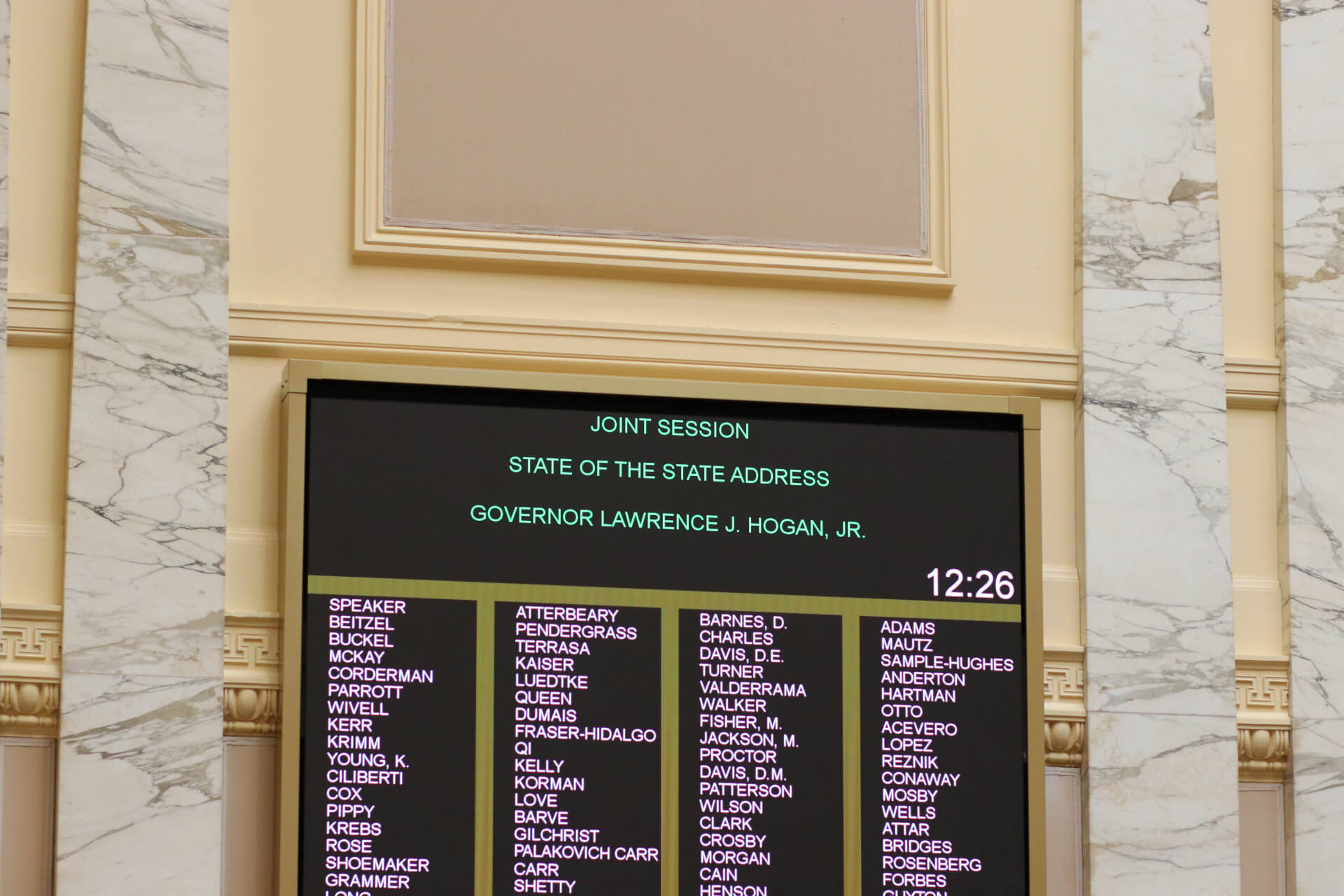
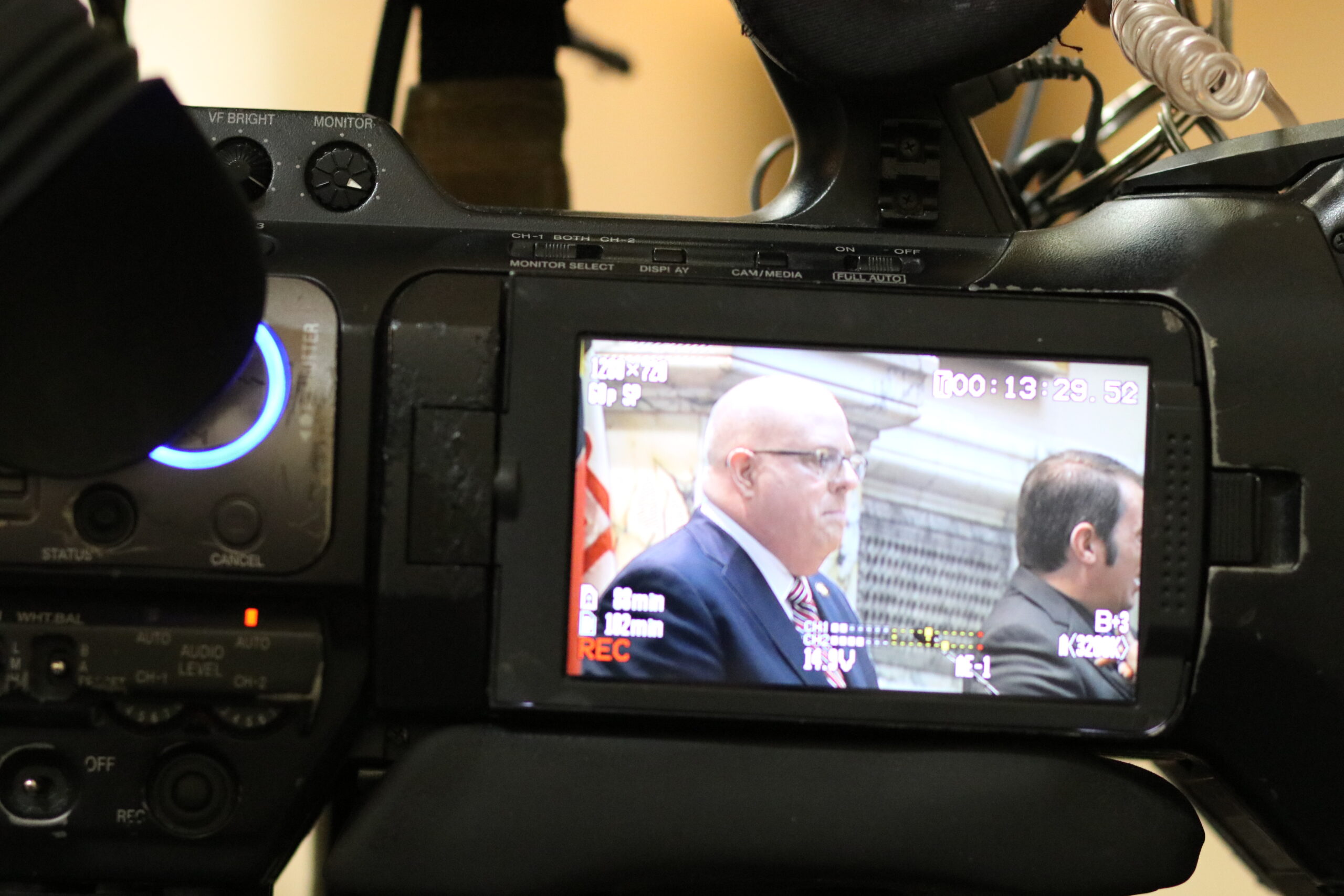
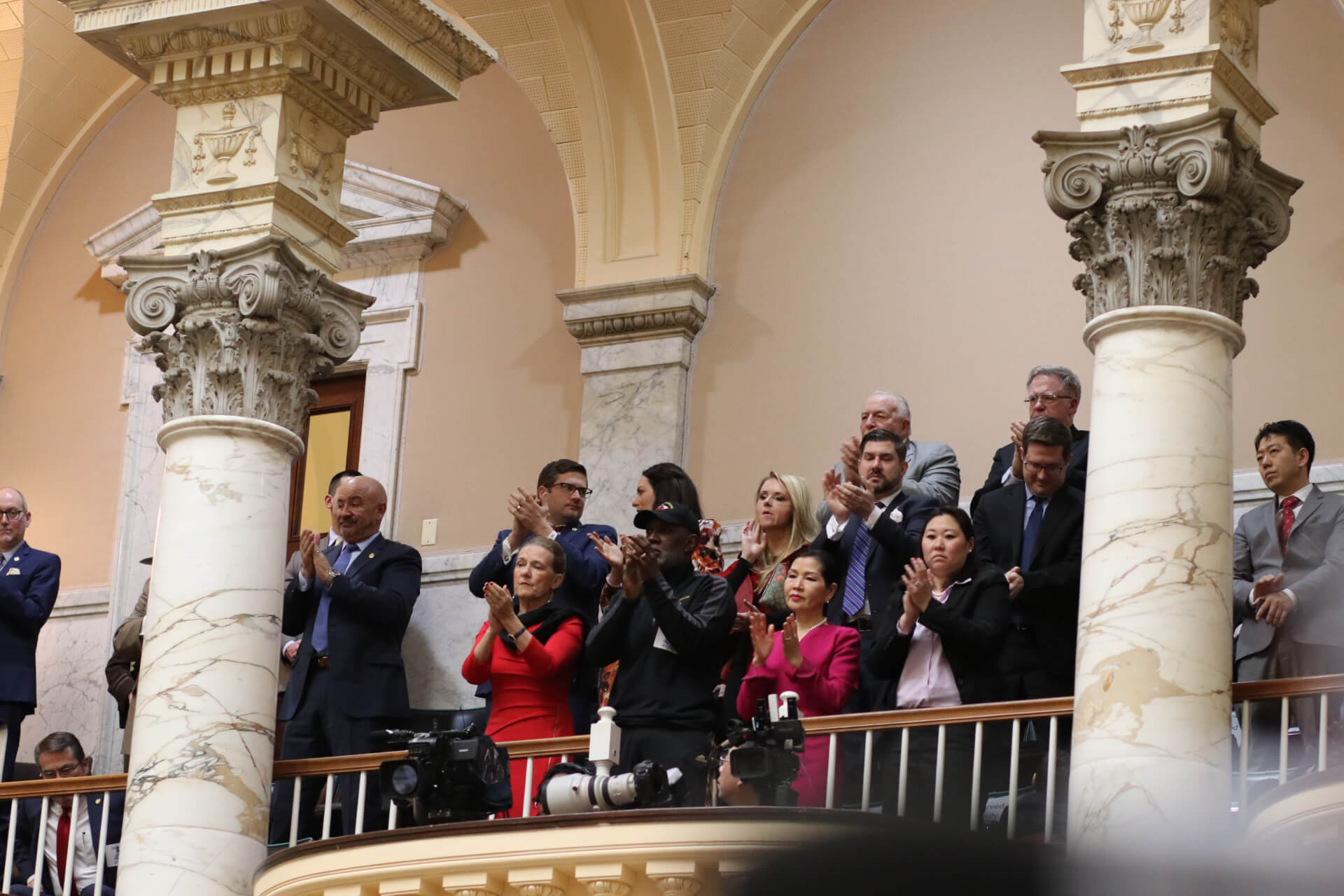
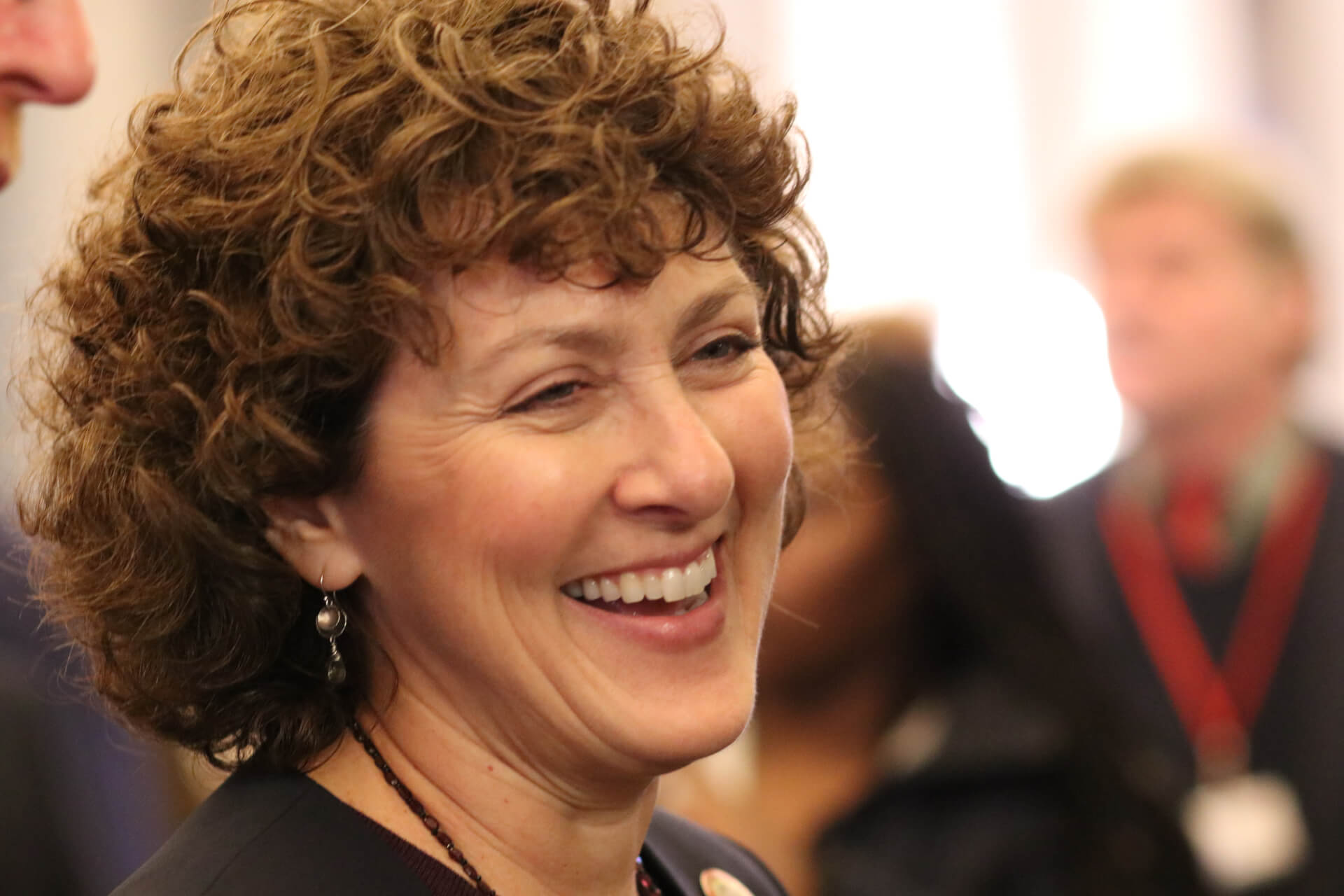
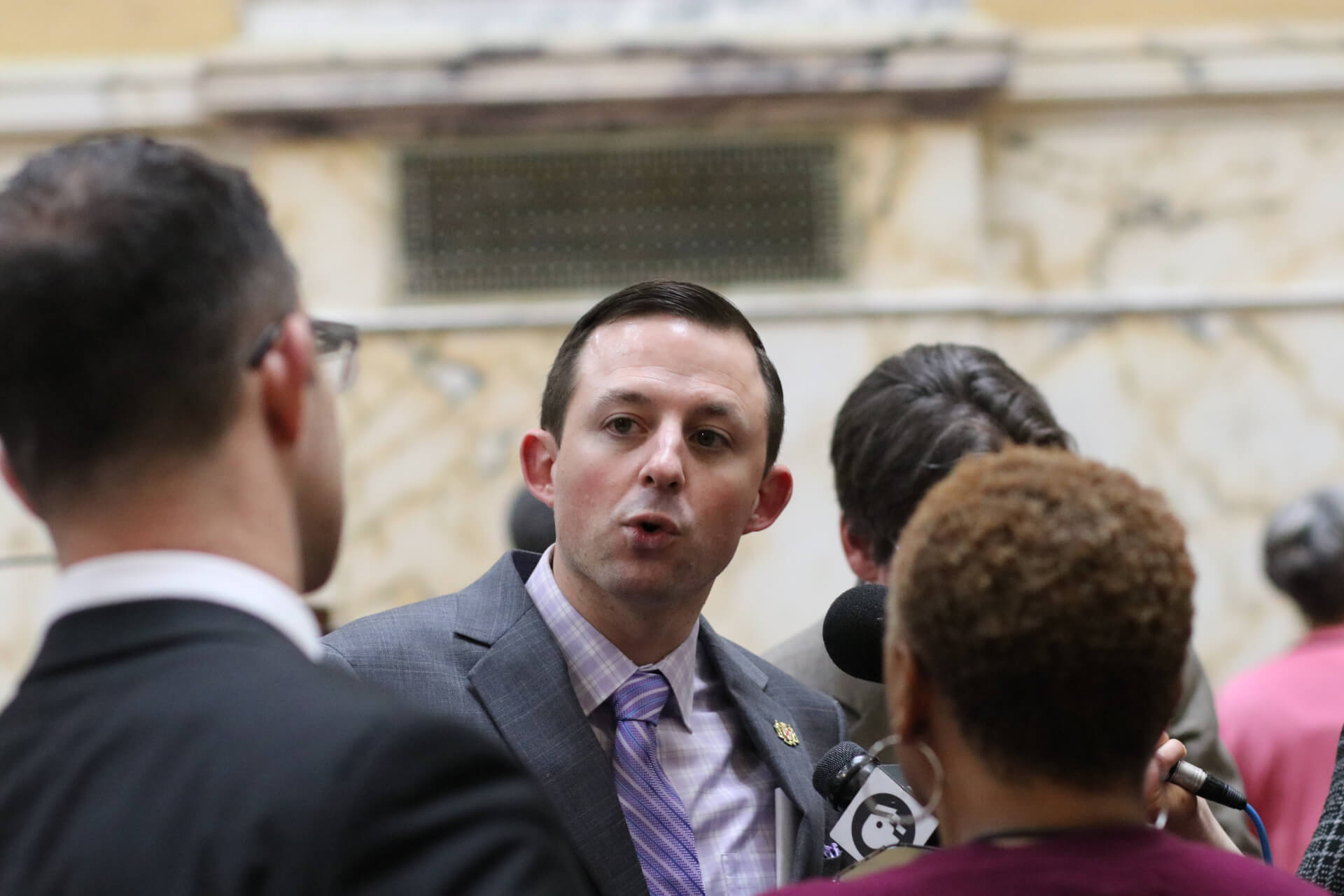














Hogan’s speech was interrupted for applause a dozen times — half for what might be called expressly partisan purposes, half on a more bipartisan basis. When it was over, Democratic lawmakers generally praised the tenor of Hogan’s address.
“He was trying to be the un-Trump,” said state Sen. James C. Rosapepe (D-Prince George’s). “He was trying to be your friendly Republican. And I think we accepted that in the spirit it was given, and nobody tore up his speech. So I think there was a kumbaya tone to it, which was fine.”
But for all its good vibrations, Hogan’s speech glossed over many inconvenient truths about the state of political discourse in Maryland and this General Assembly session in particular.
Among them: That his legislative agenda for 2020, even with the session less than one-third complete, is largely DOA already. And that Hogan and the Democratic supermajorities in the House and Senate, rather than working hand-in-glove, have instead chosen a somewhat awkward detente, one that involves ignoring each other and avoiding mortal combat most of the time.
After his many nods to Democratic lawmakers and bipartisanship at the start of his 25-minute address, Hogan began listing his priorities. No. 1 was his plan to offer retirees more than $1 billion in tax relief over five years.
“This is the largest tax reduction in Maryland in more than two decades,” Hogan said. “It will provide tax relief for more than 230,000 Marylanders and will help keep tens of thousands of Maryland retirees from fleeing our state.”
But at a time when Democratic lawmakers are scrambling to find extra funding to pay for the education reforms recommended by the Kirwan Commission, no one is in the mood to cut taxes. Under the circumstances, “giving a tax break at this time seems less than prudent,” said Senate President Bill Ferguson (D-Baltimore City).
“I would love to find ways to provide tax relief to a number of different constituencies,” he said. “But at the end of the day, we have to decide what parts of government do we want to fund or not. This is a values question.”
Jones put it more succinctly: “If you do a tax credit,” she said, “you have to pay for it.”
Senate Minority Whip Stephen S. Hershey Jr. (R-Upper Shore) said that if his colleagues are considering tax increases to pay for Kirwan, they ought to heed the governor’s warnings about retirees fleeing the state.
“The governor is absolutely right that we need to keep people in Maryland,” he said.
But the general consensus is that the tax cut is highly unlikely to pass.
A promise of ‘a fair hearing’
During Wednesday’s speech, Hogan segued next into a discussion about education policy in Maryland. As always, he repeated his line about making record investments in public education ― something that Democrats frequently argue is dictated by long-standing funding formulas. But he noted that his current budget proposal includes an extra $350 million to help fund the Kirwan reforms, and he then made a pitch for his education accountability proposals.
“Instead of continuing to simply debate how much more we should spend, let’s have productive discussions about how we can hold local school systems accountable for the billions of state tax dollars we are already investing, and let’s make sure those dollars are getting into the classrooms where they belong,” he said.
But Democrats are determined to find more money for Kirwan ― a funding package is due to be released very soon ― and have already questioned the need for Hogan’s accountability plan.
Hogan next made the case, as he has every year since he’s been governor, for redistricting reform, serving up a historical scold to Democrats who have refused to take up his legislation.
“We serve in the nation’s oldest statehouse that once served as the first Capitol of the United States after the Revolutionary War,” he said. “American democracy literally began right here in this very place. And yet when it comes to free and fair elections, we are failing to live up to that proud legacy.”
All Ferguson was prepared to promise was that Hogan’s redistricting legislation would get “a fair hearing” during the session. But he said Democrats in the legislature prefer a national solution to the problem of gerrymandering. They hoped it would come from a U.S. Supreme Court ruling last year, and are now supporting a sweeping political reform package that passed in the U.S. House of Representatives but has been bottled up in the Republican-controlled U.S. Senate.
“That would provide a national solution,” Ferguson said. “That’s the best way for us to deal with this American democratic crisis.”
What’s more, Ferguson noted, Democrats in Annapolis are back with their own redistricting reform bill that would seek to create a regional compact with other states that would jointly agree to eschew gerrymandering in the next round of redistricting.
Lastly, Hogan turned to his proposals to address the “urgent crisis” of violent crime in Baltimore City.
“If you do not consider any other legislation, and if you accomplish nothing else in the next 61 days, pass the ‘Violent Firearm Offenders Act of 2020,’ which increases penalties for those who use guns to commit violent crimes, toughens penalties for those who possess stolen firearms and guns with obliterated serial numbers, and those who use, possess, or supply illegal guns to violent criminals.
“And pass the ‘Witness Intimidation Prevention Act,’ which toughens penalties for those who intimidate and threaten witnesses.
“And the ‘Judicial Transparency Act,’ because the public also has a right to know about the sentences judges are giving to the most violent offenders. We have been fighting to bring more transparency and accountability to the executive and legislative branches. There is no reason why the judicial branch can’t be held accountable as well.”
But here again, lawmakers have expressed skepticism that increased sentences for violent offenders are effective or necessary.
House Majority Leader Eric G. Luedtke (D-Montgomery) called the governor’s plan to tackle crime “1950’s solutions” to modern problems.
Del. Stephanie Smith (D), chairwoman of the Baltimore City House delegation, described Democrats’ resistance to the governor’s anti-crime plan this way: “Largely, the best things our governor could do and could have always done to prevent crime in Baltimore is to make sure that we have the strongest economic base possible.” She went on to criticize his decision to strike funding for construction of the Red Line transit project, which she called an “anti-economic measure.”
“If an electorate is not properly educated, if they do not have a purpose through employment, they’re not going to be safe,” Smith said.
‘There’s leverage’
Although he did not do so during Wednesday’s speech, Hogan frequently boasts about his high poll ratings. And he especially marvels that he can register such high numbers in a heavily Democratic state like Maryland.
But at the same time, Hogan occasionally expresses irritation that Democrats in the legislature dismiss his popularity and ignore his policy prescriptions.
State Treasurer Nancy K. Kopp (D), who is appointed to her position by the General Assembly and spent 28 years in the House of Delegates, pointedly sought to explain that disconnect last week at a Board of Public Works meeting.
It came as Hogan and Comptroller Peter V.R. Franchot (D) banged the drum for a bill that is also going nowhere, which would force Maryland school systems to begin class after Labor Day — a major point of contention between the governor and the legislature through the years.
“Let me just point out,” Kopp told the governor, who was sitting just inches away, “you were elected in the same election as the legislature. They ran. [The school calendar] was an issue. It’s an issue for public discussion and decision-making.”
In other words, the legislature can lay as much claim to having a public mandate as Hogan can.
Former Maryland Lt. Gov. Michael Steele (R), now a commentator on MSNBC, said Hogan’s inability to move the legislature has got to be a source of frustration.
“I’m sure it is. I’m sure it is,” Steele said. “Because there are things you want to get done. And you hope that people in the legislature look out and see a lot of citizens saying, ‘We like this guy, we like what he’s proposing, let’s do it.’”
Yet there’s a paradox about Hogan’s high poll ratings: They are in part attributable to the fact that the governor does not pick partisan fights very often. But if he isn’t willing to mix it up with Democrats — and risk some of his political capital — he won’t get much of his agenda through.
Even with all of Wednesday’s talk of bipartisanship, Hogan and his team rarely roll up their sleeves and engage in high-stakes negotiations with legislative leaders. More likely, the two sides agree to disagree, and with super majorities in the House and Senate, Democrats can largely proceed with their own agenda without having to worry much about Hogan.
But Steele suggested that the power dynamics could soon shift — and that Hogan could find himself in a commanding position — when state leaders draw new congressional and legislative districts following the 2020 Census.
“Certainly with redistricting coming up, which will be on his desk, there’s leverage,” Steele said. “Let’s just put it that way.”
Hannah Gaskill contributed to this report.





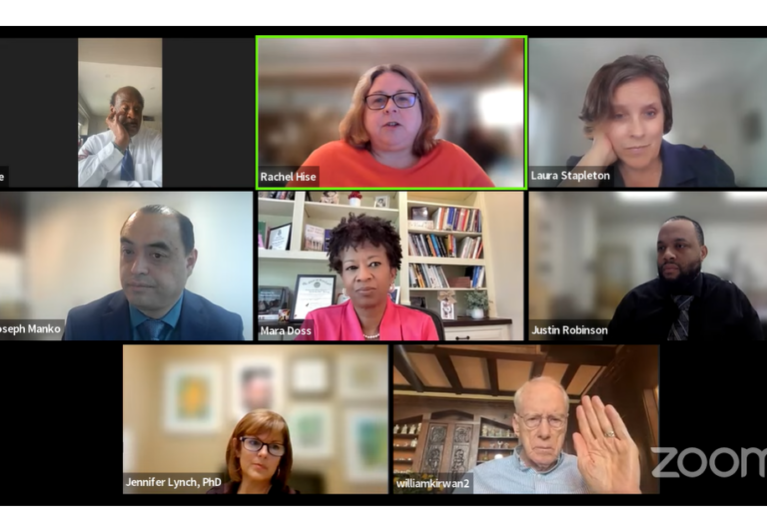
 Creative Commons Attribution
Creative Commons Attribution